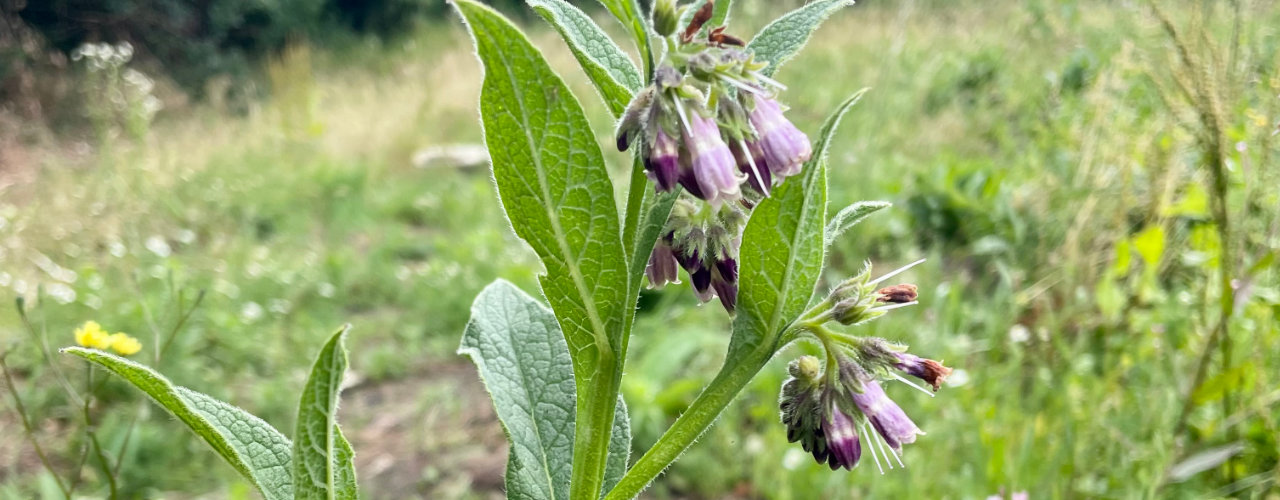Nettle & Comfrey Fertilising Tea
How to Make Nettle & Comfrey Tea for Your Garden
These teas are a highly nutritious, if occasionally a little stinky, feed for all of your annuals, perennials and anything that is generally leafy and hungry!
Nettle Tea
Nettle tea is aways available in our garden at home and we are considering its use in the glasshouses thanks to its successes at home.
As apart of our biodiversity project and to encourage more insects on to the nursery we have a wild areas all over the nursery, but at the top of the nursery we have a pretty substantial nettle hedge bordering one specific wildlife area. So many of our ‘Good Bugs’ live and breed there then filter out on to the nursery and keep on top of our pests. Ladybirds, lacewings and ground beetles (who vomit on slugs then eat them by the way!) come to mind immediately.
Nettle tea is a vital source of chlorophyll, Nitrogen, Iron and Potassium all of which are vital nutrients to your plants. We will also use ash from the log burner which adds even more potassium, calcium and haves a liming effect. Learn a few interesting wood ash facts here!

Comfrey Tea
We tend to use this as more of a folia feed, however it is simply because of an excess of nettle tea we do this. Many gardeners will tell you how they can’t get rid of their comfrey, why not enjoy it for the bee friendly flowers it provides and the feed you can make from it.
Comfrey Tea contains Nitrogen, Phosphorus and potassium.

How do I Make This Stinky Stuff?
It’s a very simple process really, you will need a bucket or bin with a lid. A sack which lines the bin snugly, Gloves, Scissors and access to a hosepipe/water. Oh, and a brick.
- Stuff the bag with freshly cut nettles or comfrey. Make sure you wear gloves and don’t use nettles which have gone to seed.
- Do it up and stick it in your chosen vessel and cover with water, weighing it down with a brick.
- Wait 3 to 4 weeks for it to get extra stinky!
- Once it is all nice and stinky simply pull out the bag of now slimy leaves and empty it on to your compost heap. Nettles especially help speed up a compost heap’s process.
I like to make sure I’m wearing my gardening shoes before I use this super stinky, super powerful stuff (because lets face it, I’m adept at spilling it on my shoes when I fill up my watering can and I don’t want that to follow me around all day) then I mix it at a ratio if 1 to 10 before using it on my plants.
This is partly because of the smell, which dissipates quickly but don’t use it the same evening you have guests coming for a patio supper and partly because it possibly could burn your plants if left undiluted.
The general advice is that it will last up to 6 months, however, I personally have been known to use the batch from the previous year with no ill affect.